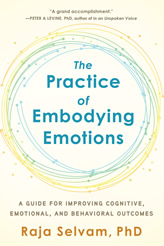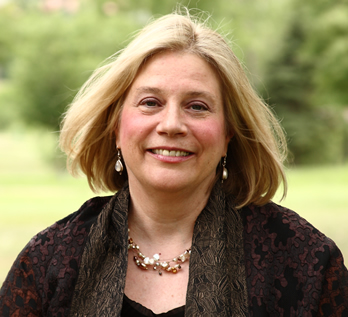How We Heal and Grow
Jeffrey Smith reflects on writing How We Heal and Grow: why this powerful self-help book came into being and where he has evolved since its publication last year. We offer his deeply personal reflection on his writing process and his continued evolution as a psychiatrist as he introduces the neuroscience of reconsolidation: the neurophysiological basis of catharsis.
A Reflection on the Writing of “Emergence: A Tale of Two Boys
On a surface level, I am dealing as a therapist with difficult family dynamics and children effected by them. At the next level, I am aware and focused, when a young person is in the room, on the emergence of character structure before musculature has been patterned, molded and congealed to create the illusion of safety while effectively but sadly holding back essential life force. This patterning along with difficult life events and accompanying painful narratives is what usually brings adult clients into my practice.
A Reflection on the Writing of Subcutaneous, Subcortical, Subconscious and Subterranean: The Most Toxic...
When Dennis first approached me to write a chapter on ‘Deep Play’, I experienced a gamut of emotions from my initial feelings of delight and I must admit some pride, which very quickly gave way to apprehension and concern that my writing style may give me away as being neither an academic, nor a story-teller. Once I managed to recognise these feelings as my own childhood scripts I was able to harness them and regulate my growing unease, which allowed the feelings to abate; this was old-stuff. Relieved of these constraints I set about the task for which I had been assigned; to consider the notion of ‘Deep Play’.
The Deep Play Project
“I set out wanting to compile and edit a book called, "Deep Sand – Exploring a Body Centered Approach to Psychotherapy with Children”, with chapters by various therapists who used a deep sandbox as part of their work with children and that embraced some version of a somatic oriented approach, not necessarily mine. This immediately became a problem as there were very few therapists I could find who used a deep box. (Why this is so could be the subject of another book.) So I modified the book’s theme to that of considering the idea of depth in general, i.e. the idea of embracing body, mind, psyche, instincts, all in the context of play.
Hakomi Mindfulness-Centered Somatic Psychotherapy: A Comprehensive Guide to Theory and Practice
“It is hard to believe for me, but I started the project in 2005, 10 years ago!” Weiss shared. “Finding the right team was very difficult for me in the beginning, and it took years until I finally found my team. But it is really my fault that it took so long to realize that Gregory Johanson and Lorena Monda were the ones that I should have asked from the beginning. Once we got working as a team it was fantastic.
Going to the Prom
Honestly, I never set out to become an author. In fact, as I sit here eighteen years after my first book was published, I’m still not sure how it all happened. One thing led to another and the rest, as they say, is history.
Contemplative Psychotherapy Essentials
“I never started out to write any of my three books,” Karen Kissel Wegela says with a hint of laughter, a sense of humility. She is present, personal. She shares her own journey in person and in her books. And no, you don’t need to be Buddhist to experience contemplative psychotherapy.
Change Your Story, Change Your Life
At age 74, Carl Greer wanted to give back to the collective consciousness that fueled his journeys into clinical psychology, Jungian analysis, shamanic healing, teaching and private practice, thus the creation of Change Your Story, Change Your Life. Carl culled a decade of journal entries detailing his experiences. Initially, the stories were jotted down for himself. Writing was a useful tool to help him capture ideas, sensations, considerations, to make sense of all the experiences he was having in the jungles and mountains with various shamans.
Meditating with Character
I've learned about the simple bliss of making contact with my experience through meditation and character structure. My 'heady' part can now more easily dissolve into the ease of just sensing the softening of the scalp. In fleeting flashes, there is no me or mine in the way I conceive of me or mine in my every day mind. There's just this body, sitting and noticing sensations arise and fall, nothing to do, nowhere to go. A sigh on the out breath as my shoulders drop a few millimeters and I soften into the earth.
Awakening Clinical Intuition
For me, writing is like a river that runs through my veins, coursing more deeply than any other current in my life. Along with being a clinical psychologist and artist, I am also a wife and mother. I used to feel guilty about the intensity of my preoccupation with writing, as if this meant I didn’t love my husband and children enough. I’ve come to realize the falsity of that fear. If I don’t take care of myself fully first, how can I possibly serve others? This realization has freed me up. I now experience my personal history as marked by twin births. The birth of my body occurred more than 50 years ago, signaling my physical arrival on Earth. The birth of my spirit occurs in an ongoing fashion, through my writings, outside of time. This second birth feels like a successive awakening, an integration of intellect, passion, and spirit. This is the realm where I cobble together meaning on the grandest scale.














